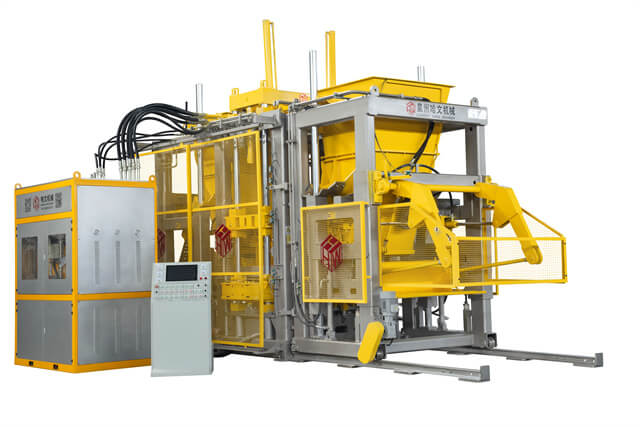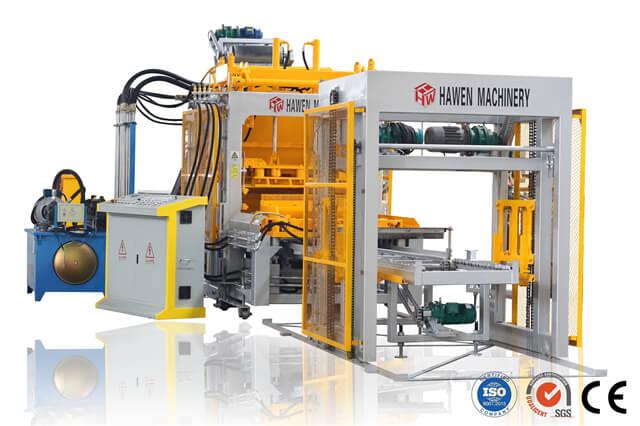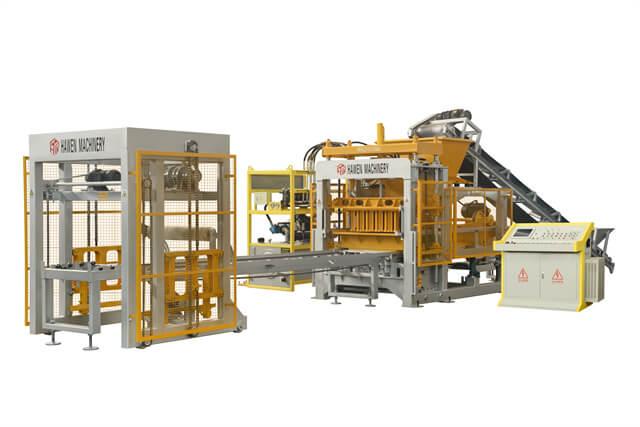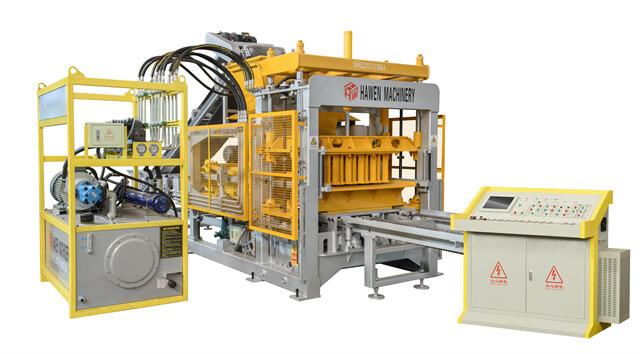Author:HAWEN Block MachineFROM:Brick Production Machine Manufacturer TIME:2024-04-14
Cement block making is an essential process in the construction industry. This technique involves the use of cement, water, and aggregate materials to create durable and strong blocks that are used in various construction projects. In this article, we will discuss the main structure and functions of cement block making.

The first step in cement block making is the mixing of the raw materials. The mixer is a machine that combines cement, water, and aggregates to form a homogeneous mixture. This mixture is essential for creating strong and durable blocks.
Moulds play a crucial role in cement block making. These moulds are made of steel and are available in different shapes and sizes. The mixture is poured into the moulds, and the excess material is removed to create the desired shape and size of the block.

After the mixture is poured into the moulds, it needs to be compacted. A compactor is used to apply pressure to the mixture, ensuring that it is evenly distributed and free of air pockets. This compaction process enhances the strength and durability of the blocks.
Curing is an essential step in cement block making. It involves providing the blocks with optimal moisture and temperature conditions for a specific period. This process allows the blocks to gain strength and attain their desired properties.
Once the curing process is complete, the blocks need to be dried before they can be used. This step involves removing excess moisture from the blocks to prevent cracking or warping. Drying can be done naturally or using specialized drying equipment.
After the blocks are dried, they are ready to be stacked and transported. Stacking is an important aspect of cement block making as it ensures easy handling and transportation. The blocks are typically stacked in a precise manner to maximize space and prevent damage during transit.
Quality control is an integral part of cement block making. It involves conducting tests to ensure that the blocks meet the required standards and specifications. These tests may include compressive strength tests, density tests, and moisture content tests.
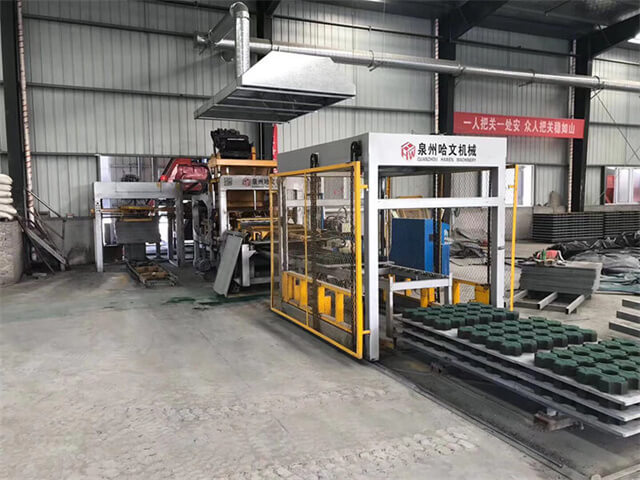
Once the cement blocks pass the quality control tests, they are ready to be used in construction projects. These blocks are versatile and can be used for various applications, including building walls, foundations, and retaining walls. Their strength, durability, and cost-effectiveness make them a preferred choice in the construction industry.
In conclusion, cement block making involves several crucial steps, including mixing, moulding, compaction, curing, drying, stacking, quality control, and application. Each step contributes to the overall structure and functionality of the cement blocks. Understanding these processes is essential for producing high-quality blocks that meet the requirements of construction projects.

